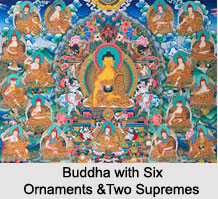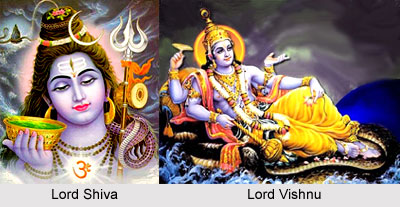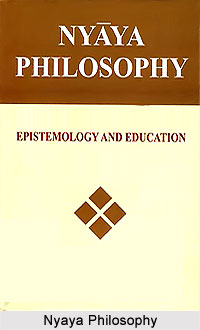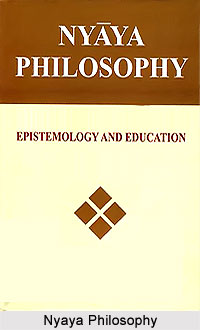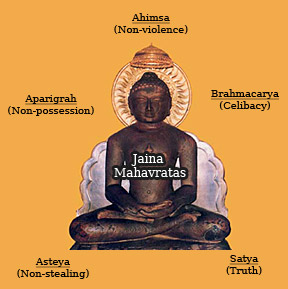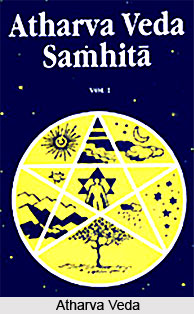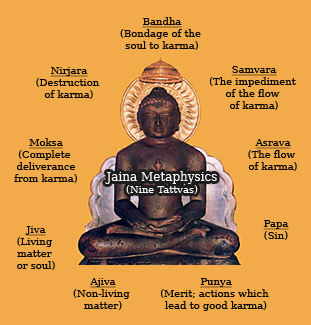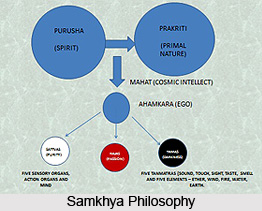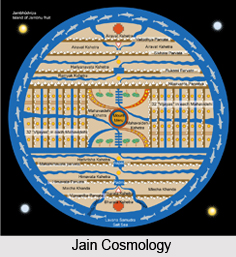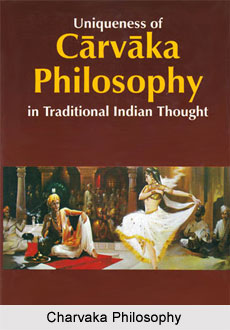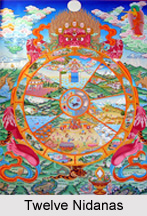 Hetu in Buddhist philosophy means a direct cause. When we infer the presence of fire on a mountain from the observation of smoke, smoke is the reason. A seed, for example, is a direct cause of a plant. A dual instance is called `invariable concomitance that is supported by agreement and difference. The reason is `only agreeing` in a conclusion such as, `the pot is nameable because it is knowable`. There can be no negative instance since every entity is predictable and nameable.
Hetu in Buddhist philosophy means a direct cause. When we infer the presence of fire on a mountain from the observation of smoke, smoke is the reason. A seed, for example, is a direct cause of a plant. A dual instance is called `invariable concomitance that is supported by agreement and difference. The reason is `only agreeing` in a conclusion such as, `the pot is nameable because it is knowable`. There can be no negative instance since every entity is predictable and nameable.
The reason is disagreeing in an inference such as, `Living bodies have souls, since they are animate`. Svabhava-hetu is a type of hetu. It is a form of inference developed by the Buddhist Dharmakirti in which the logical reason shares the nature of the property to be proved. Trairupya-hetu is the other type which means threefold logical reason. According Dignaga, in a valid inference, there must be an inseparable connection between the logical reason and what is to be proved (sadhya). Wherever the reason occurs, there the sadhya occurs also.
This article is a stub. You can enrich by adding more information to it. Send your Write Up to content@indianetzone.com



